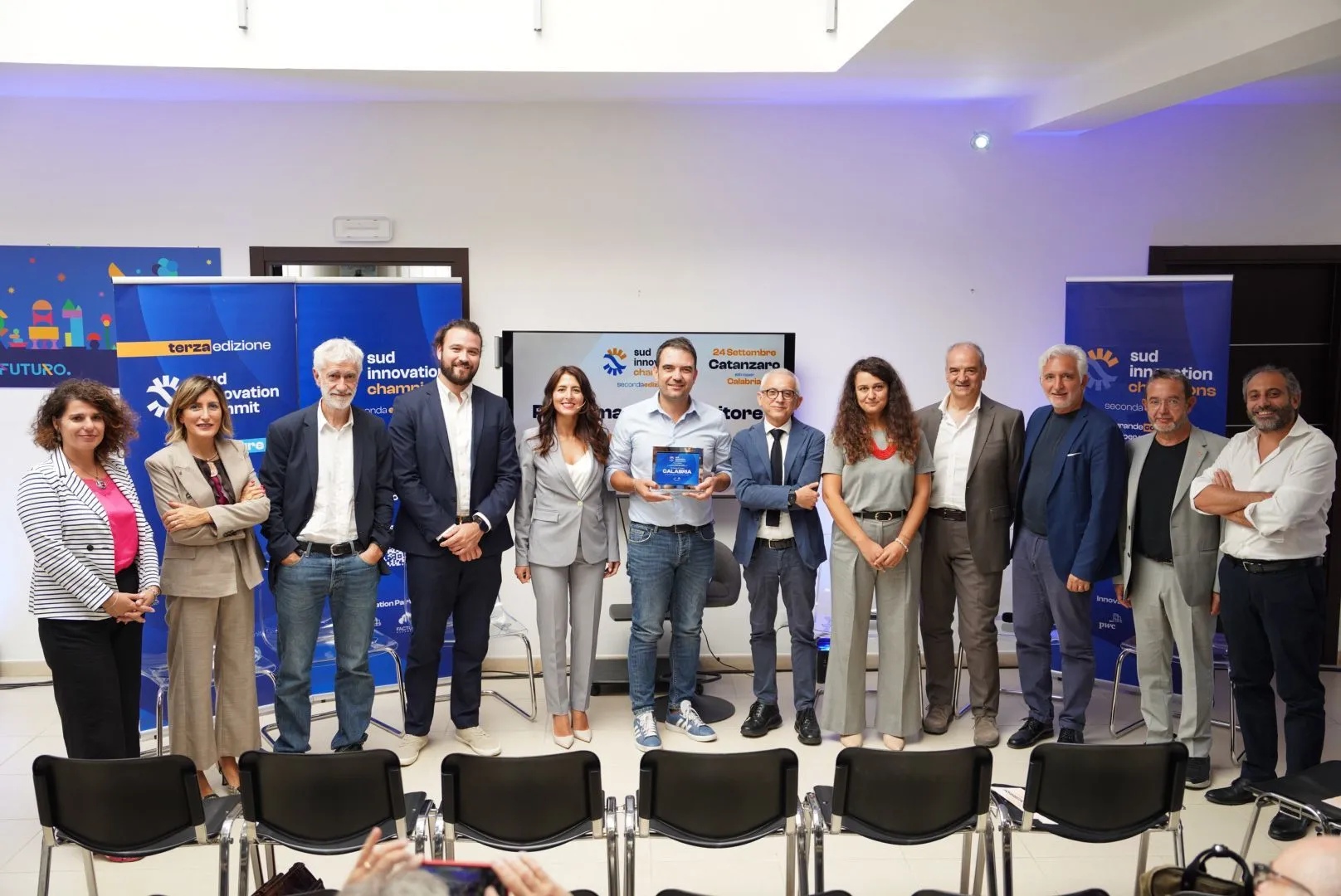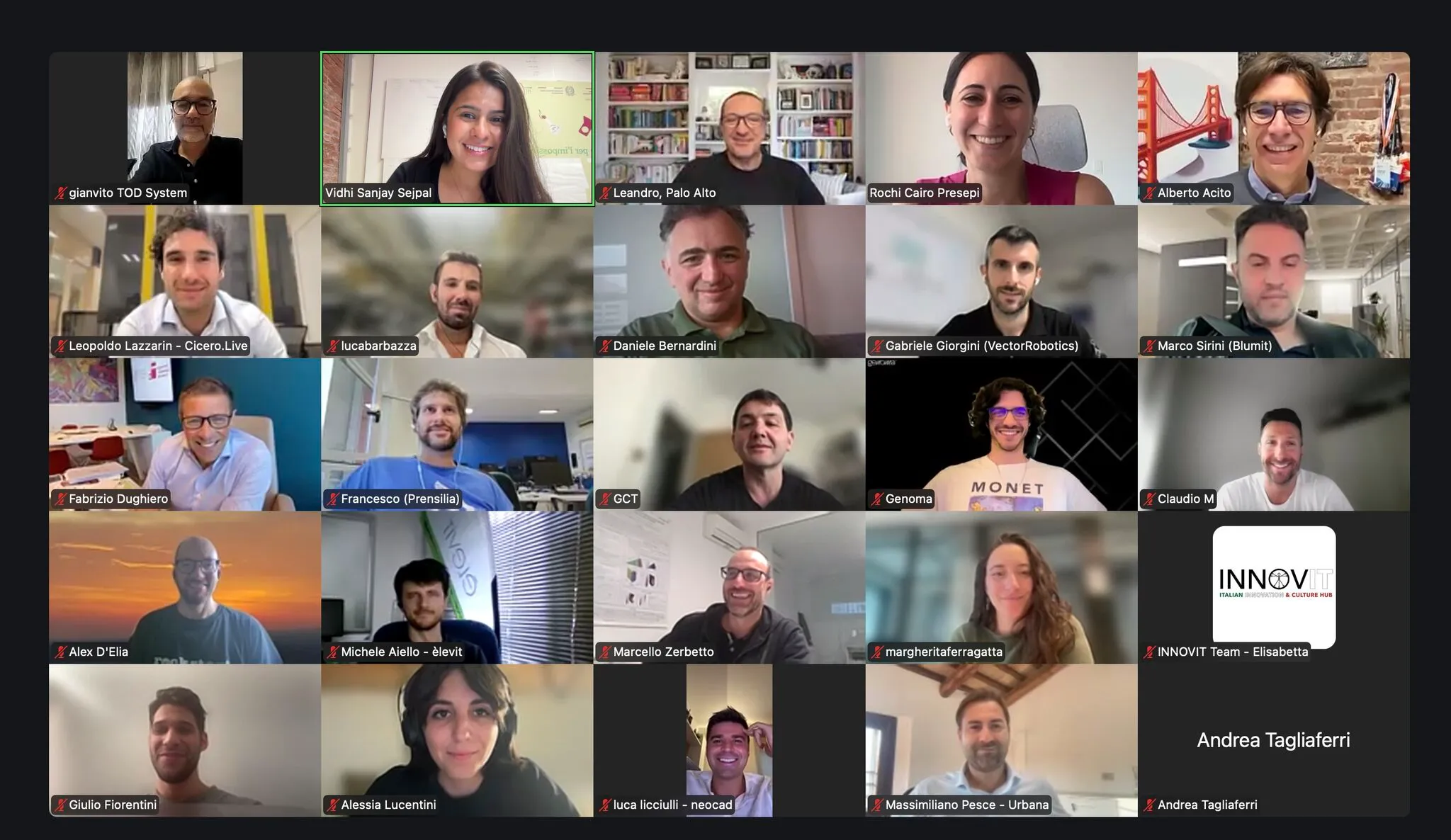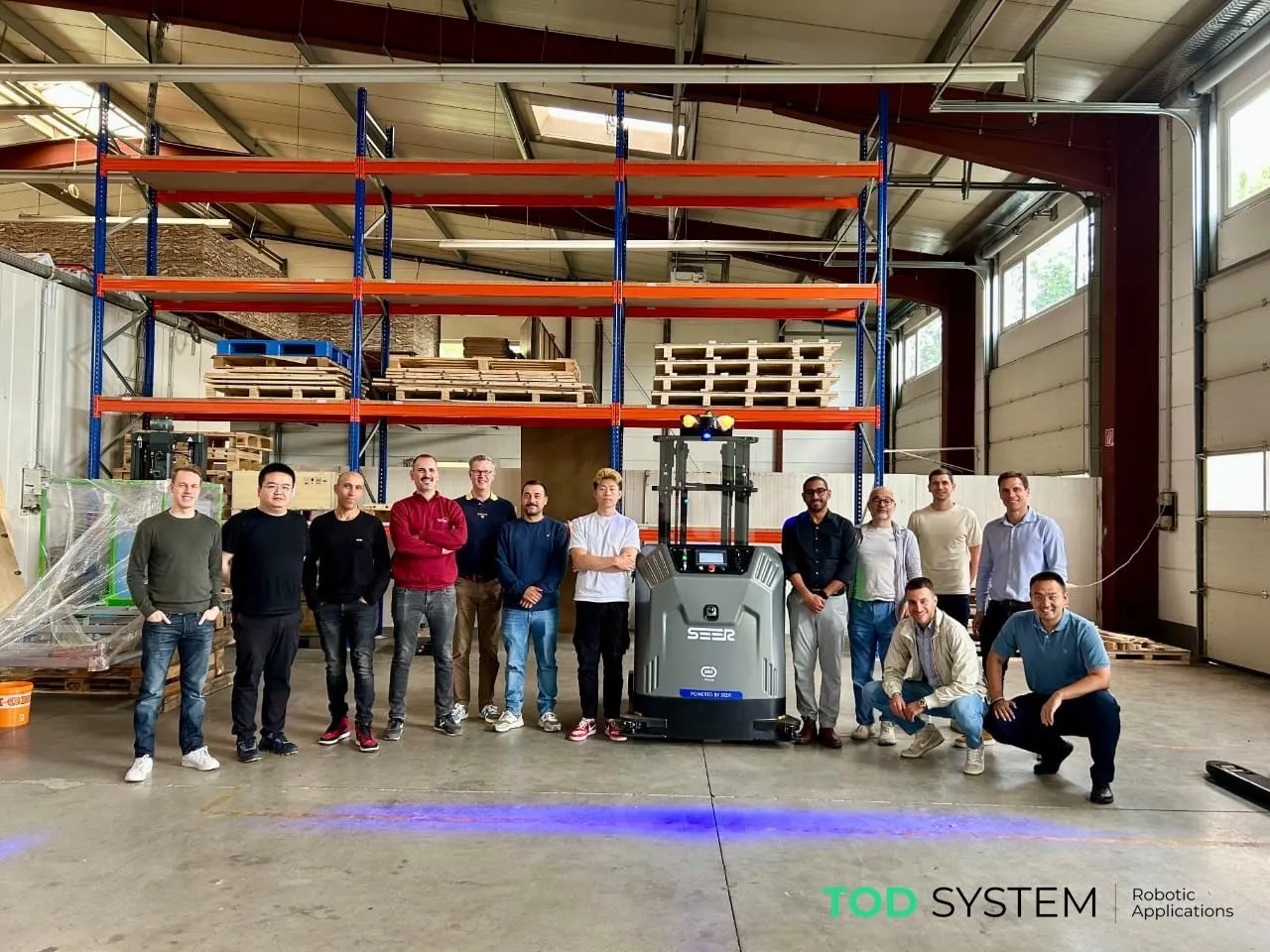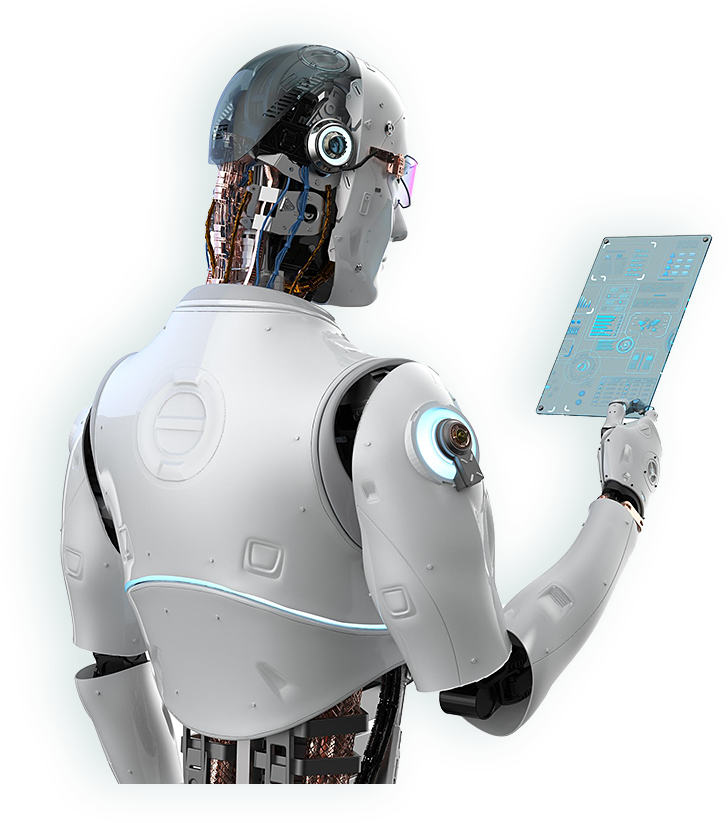Content index
ToggleIn the world of industrial production, worker safety and well-being have become increasingly central issues. With increasing productivity demands and the need to reduce risks related to incorrect postures, repetitive movements and heavy loads, companies are looking with interest at innovative technological solutions. Among them, the industrial exoskeletons represent one of the most promising answers.
What are industrial exoskeletons?
Industrial exoskeletons are mechanical and ergonomic devices designed to support the human body during demanding physical activities. They are worn as a kind of external 'armour' and provide practical assistance when lifting weights, maintaining static postures or performing repetitive movements.
Unlike autonomous robots, the exoskeleton amplifies and supports the movements of the operator, without replacing him, creating a real man-machine collaboration.
How do they reduce fatigue?
Muscle fatigue is one of the main causes of injuries and reduced performance at work. The use of exoskeletons helps to unload weight and effort on structures outside the human body, such as mechanical supports or springs, which absorb part of the load.
For example:
- In lifting activities, the exoskeleton supports the arms or back, reducing pressure on the spine.
- In jobs where it is necessary to maintain static postures (such as arm raised for screwing or welding), the exoskeleton provides support, reducing the risk of cramps and muscle pain.
- In repetitive work, the exoskeleton helps to reduce the risk of musculoskeletal overloadpreventing chronic disorders such as tendinitis or nerve compression syndromes.
How do they improve security?
The use of exoskeletons contributes to:
✅ Preventing musculoskeletal injuriesreducing stress on joints and back.
✅ Decrease sick leaveimproving the general health of workers.
✅ Increasing productivity safelybecause workers become less fatigued and can maintain a more constant work rhythm.
✅ Reducing staff turnoverA safer and more comfortable working environment is also more attractive.
In addition, exoskeletons can be particularly useful in facilitating the employment of people with physical limitations or in prolonging the working careers of experienced operators, who are often subject to physical wear and tear.
Areas of application
Industrial exoskeletons find application in many areas:
- Logistics and goods handling
- Assembly and Maintenance
- Welding and carpentry
- Building and structure assembly
- Automotive and aerospace sectors
Towards a safer and more collaborative future
Exoskeletons represent a enabling technology for the future of work: they do not replace human skills, but enhance them, making the working environment safer and more sustainable.
At TodSystem we are ready to support companies in adopting these solutions, integrating them with advanced systems such as the collaborative robotics and theIIoT to optimise each production process.
💡 Do you want to find out how an exoskeleton can make a difference in your company?
Contact us today: the future of work is already here, and we are ready to help you build it.







